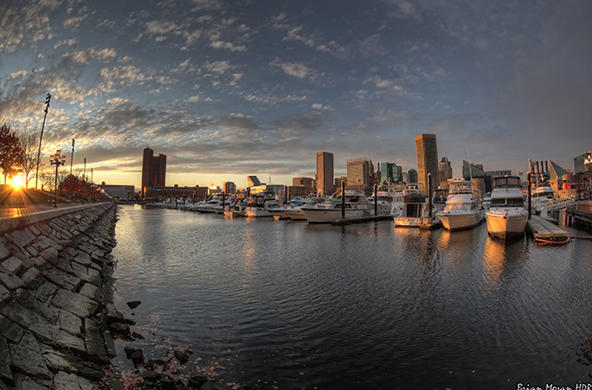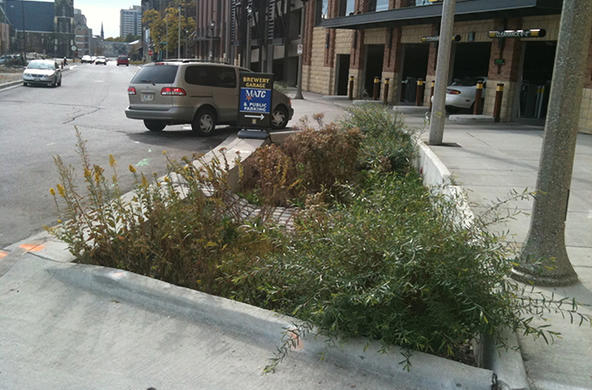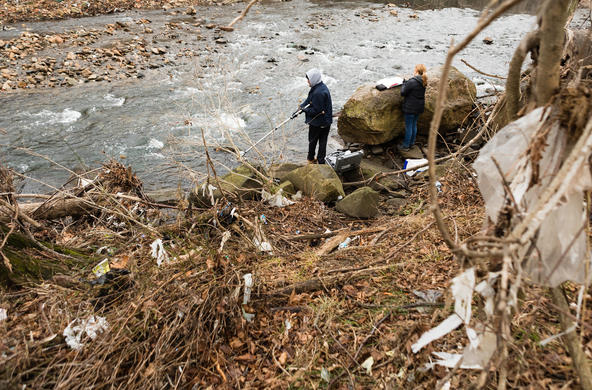It's spring and a young man's fancy may turn to.......gardening. Across the country, weekends are spent selecting plants at the local nursery to bring home for the yard. Of course, it is tempting to find ornamental plants that no one else has in the neighborhood, so a significant fraction of the nursery trade focuses on exotics—species that do not occur locally.
As a result of such plantings, affluent neighborhoods often have greater plant diversity than the regional flora outside the city limits. Several studies have found a direct correlation between household income and plant diversity in yards.
The problem with exotics is, of course, that they are not necessarily adapted to the local conditions, versus native plants that have evolved in the face of droughts, insect attack and other variations of nature that they have endured.
Many exotic garden plants need a lot of tender loving care. Exotic plants are not likely to harbor the insects of their native habitat, so that they can be biological deserts for birds and other organisms that feed on insects.
Of course, the occasional exotic species, not subject to its native pests, can outcompete native species and expand its population and range explosively in a new habitat.
Barberry (Berberis vulgaris), which is native to Europe, has escaped cultivation and now occurs rampantly as an understory shrub in eastern forests. The Tree of Heaven, Ailanthus (pictured above), brought to the U.S. from Asia, is now a widespread invading tree in eastern cities.
A recent analysis suggests that the onslaught of exotic species is not over; 25% of the first-records of species during 2000-2005 were for species that were not previously recorded as alien.
I am not recommending that we leave our yards barren. In cities, crime rates drop when vacant and abandoned lots are given landscaping. But, the purchase and upkeep of exotic plantings is often misguided.
Native species are cheaper, require less maintenance and harbor a greater diversity of nature in their canopy. Native species are likely to be more resistant and resilient to disturbance.
Go natural.
References
Avolio, M.L., D.E. Pataki, T.L.E. Trammell, and J. Endter-Wada. 2018. Biodiverse cities: the nursery industry, homeowners, and neighborhood differences drive urban tree composition. Ecological Monographs doi: 10.1002/ecm.1290
Branas, C.C. and 6 others. 2018. Citywide cluster randomized trial to restore blighted vacant land and it s effects on violence, crime and fear. Proceedings of the National Academy of Sciences 115: 2946-2951.
Hope D. and 8 others. 2003. Socioeconomics drive urban plant diversity. Proceedings of the National Academy of Sciences 100: 8788-8792.
Mack, R.N. and M. Erneberg. 2002. The United States naturalized flora: Largely the product of deliberate introductions. Annals of the Missouri Botanical Garden 89: 176-189.
Seebens, H. and 49 others. 2018. Global rise in emerging alien species results from increased accessibility of new source pools. Proceedings of the National Academy of Sciences 115: E2264-E2273.
Photo credit: sara'mer







